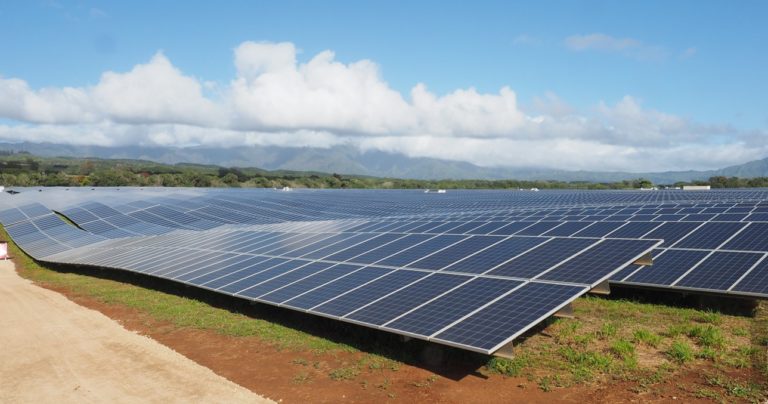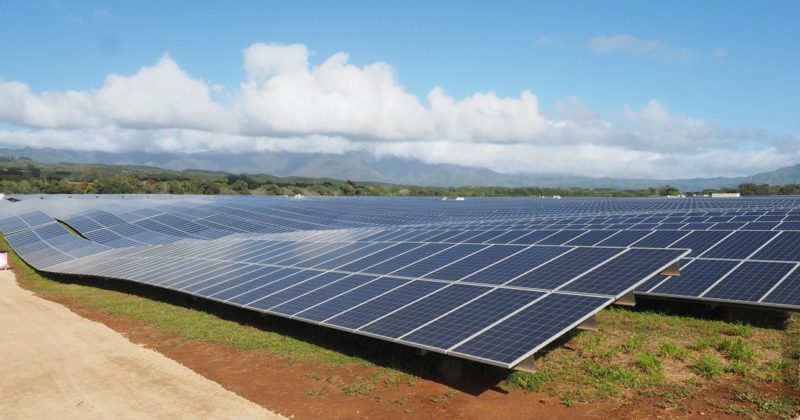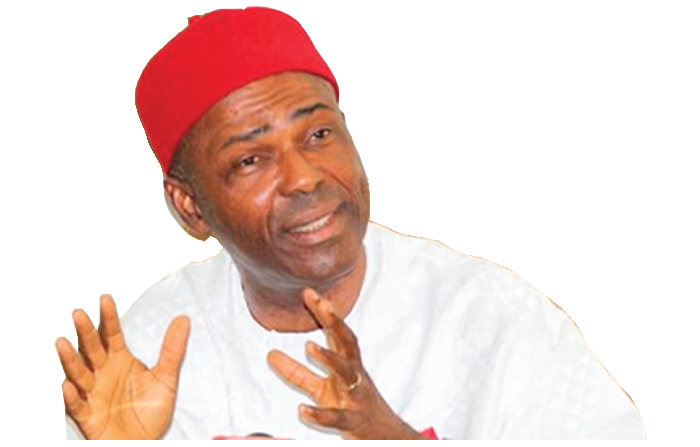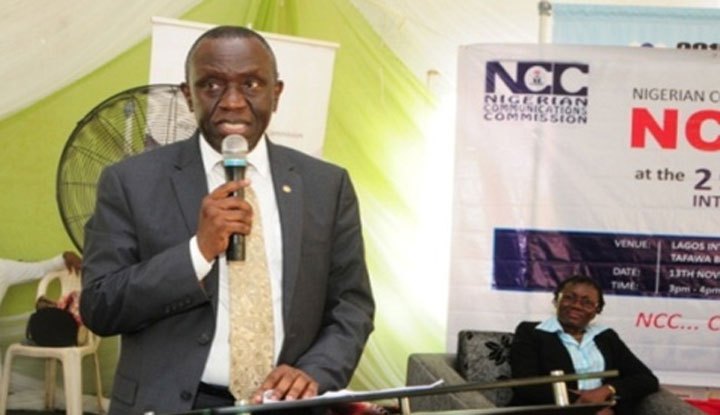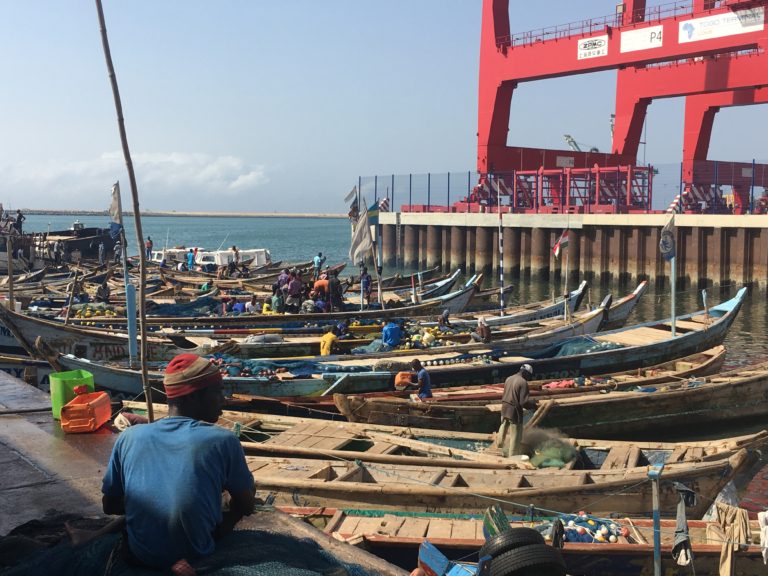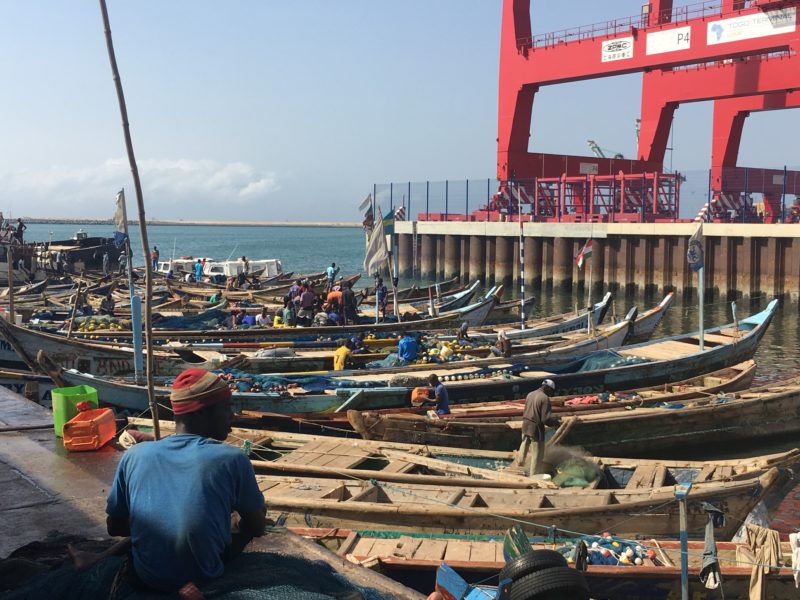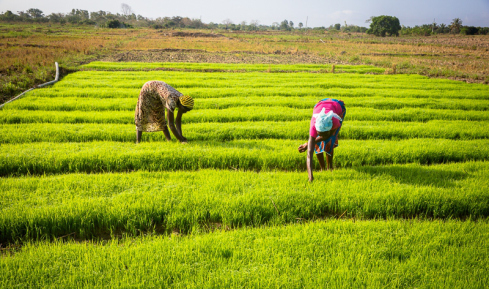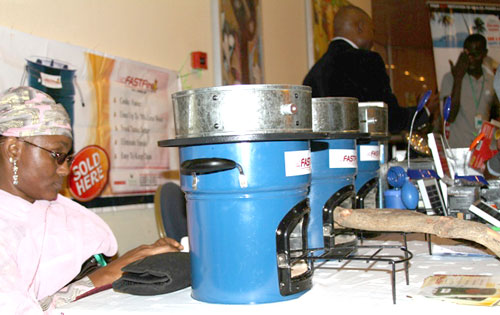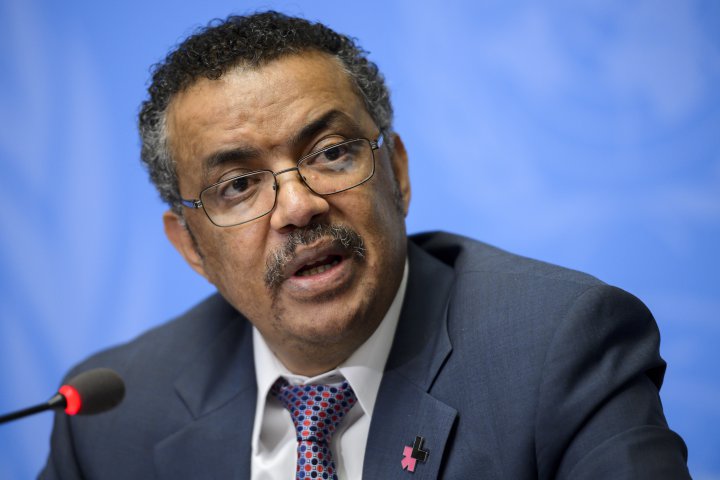Isu Nnennaya Rosemary is a professor of Microbiology and lecturer with the University of Abuja. The science enthusiast, in this interview with, Etta Michael Bisong during a recent visit to the Science Café in Abuja ,asserts that Nigeria will continue to pick crumbs from the table of superpowers if deliberate efforts are not put together to key into the biotechnology revolution Excerpts:.

Perception of the Science Café Nigeria
Science Café sounds nice and to my understanding in this country it’s about the very first of its kind. It is actually very good to bring people out of the stress of cooperate entities and environment to where they will freely talk about the way they feel. I think it’s a good innovation.
Bridging the knowledge divide
You have just asked a multi-faceted question and it’s good to start from somewhere especially biotechnology which I am passionate about.
I am sure you know that biotechnology has encountered quite a few hitches here and there particularly on misinformation and misunderstanding.
Many people around us don’t understand what it means. And those who think they do understand go a long way to misinform others.
So, this Science Café is an opportunity for everybody to come together and share ideas. I am sure that those who don’t have enough information about the practices of biotechnology would get to understand and appreciate it from the basics and that would make a lot of difference.
Biotechnology and agricultural practices
This is a question that comes up now and then and it’s almost like we have not been talking to the right people because biotechnology has the capacity to overhaul agriculture for the better.
There was the Green Revolution some time ago and it was centred on crops that were specifically created to give better yields in shorter times and better nutrients. But those improvements were premised on the application of all sorts of chemicals including fertilisers, insecticides, and herbicides to encourage these crops to grow as expected.
Most of our farmers then in the Third World, not just Nigeria, didn’t have the capacity to practice these things as was required. They, therefore, didn’t benefit from the then Green Revolution with the attendant famine, hunger, poverty and all that accompany them are still plaguing the Third World.
Biotechnology is now offering another new green revolution that is based on crops that wouldn’t only provide higher yield and resist diseases, but would also provide better improvement in nutrient quantities.
This is what we want to sell and it is not rocket science. It is an easy application of natural processes that scientists have studied and are able to apply. That is what biotechnology does.
There are four processes that biotechnology incorporates or utilises: mutation, transformation, transduction, and conjugation. These mechanisms are means of genetic modification in nature and whether we like it or not these things are going on now everywhere.
All scientists do is to study how nature modifies itself and creates biodiversity. Biodiversity is a natural and dynamic process hinged on the movement of genes from one source to another. Scientists meticulously appreciate these processes and apply them to derive what is called genetically modified organisms (GMOs). These natural processes will provide precise and predictable results when deliberately applied towards solving specific problems. This is science and it doesn’t tell lies. You will know if it’s succeeding or not.
The caveat there is that we must do it by best practices, which is where we continue to call on the Federal Government to adequately empower the National Biosafety Management Agency (NBMA) to police the practices of biotechnology in Nigeria, especially genetic engineering, so that they are done in the right way.
Furthermore, it is very important that only permitted foreign genetically modified organisms (GMOs including crops) are allowed to get into the country when they are needed.
We just need to follow it up and police it well. The benefits would be obvious and everybody would be a witness.
Communication
What you are doing is one of the very crucial contributions the media can make to encourage the development of Biotechnology in Nigeria. The Science Café on its own is a practical idea of media being part of what is going on with a view to unraveling the truth.
The media create the opportunity for both those that think it’s bad and those that think it’s good to come together and discuss on one platform as well as exchange views. Maybe somebody somewhere has not quite understood something, but when two good heads meet; it’s obvious that you are going to have a synthesis that would be beneficial to both of them.
Therefore, I would encourage the media to go on with what they are doing and to please give everybody audience and avoid preferential treatment of always covering one aspect or preferring one group over and above the other.
I know that there could be some pecuniary conditions here and there, but we should also bear in mind that the media stand as the eye of the public. They constitute the eye and mouth of the populace. It’s what the media say they have seen that the public hear, otherwise it will remain clandestine and nobody knows about it.
So much depends on the media. I will continue to plead with them to have an open mind and report things objectively. Everybody should be given equal opportunity to appreciate what is going on and, if things are reported objectively, the country would be better for it.
Solution
There is no magician anywhere in the science world. We are human beings and everything will be done according to human practices. What we are doing already in the country is not bad, except that I just think we should increase the tempo and encourage scientists to research more.
I am sure you are aware that very soon we will have our own indigenously modified cowpea developed by a Nigerian to resist maruca pest. That is the kind of thing that we are talking about. We need a lot more; and it takes a lot of encouragement in teams of research and even the media to be up and doing. A media practitioner for example cannot move around and get the job done when he or she is not encouraged.
We also need to be careful in addition to encouraging the scientists and media because we have Jesus and Judas in everything that we do. They all exist side by side. Once you are encouraging the Jesus, you should also be looking out for the Judas because we have them.
What we should all appreciate is that genetic engineering and other biotechnological practices have so much potential and are such compact practices that one can carry them out and achieve so much within a small room. You can genetically modify an organism and carry it in your pocket just in one room if you have everything that is required.
We have to encourage scientists to do their work legally and transparently so that we don’t encourage “rogue scientists” who can do it clandestinely. These things can be done and would happen whether we like it or not if appropriate precautions are not taken.
Nigeria needs to sit up as a country if you imagine what is going on in the nuclear world. We were not part of it because we didn’t have the money, manpower or anything during the scrabble for nuclear power. We will continue to pick from the crumbs of the tables of the powers that be.
There is another scramble now where people are gathering their gene banks under the biotechnology era and we are still nowhere again despite that the greatest resources that biotechnology requires reside in the forests and deserts of the Third World. Outsiders come here to take these things and own them.
There are so many things that we are not doing. We have no gene bank or germplasm pool for instance. But we as scientists are ever ready and things will happen once we are called upon. We must encourage farmers by taking the risk to develop these things and own them.
The necessary institutions need to ensure that we have our genetic resources intact so that we can know what we have in terms of genetic resources and have a firm grip on them. We only need to finger print most of the things that we have around us so that whoever is using them anywhere would know and be very clear that he or she is using a genetic resource from Nigeria.
But presently, most of them are yet to be identified and are lying unknown and whoever needs any of them anywhere goes for it. You don’t need to carry a Ghana Must Go bag when taking a genetic resource because it can be put right into your pocket. These genes can move and what was yours yesterday would become someone else’s tomorrow.
That we don’t have a firm grip on our genetic resources alone is alarming. I am talking about genetic resources in teams of micro-organisms, plant and animals; we don’t have them for this country at least.
Do we have a gene bank for all of them? Do we know what we have? No. So, going forward in Nigeria, these are the things that I would like addressed in addition to more encouragement of biotechnology as we strive to enhance the standard of living of the millions of Nigerians who stand to benefit from all the anticipated successes.




